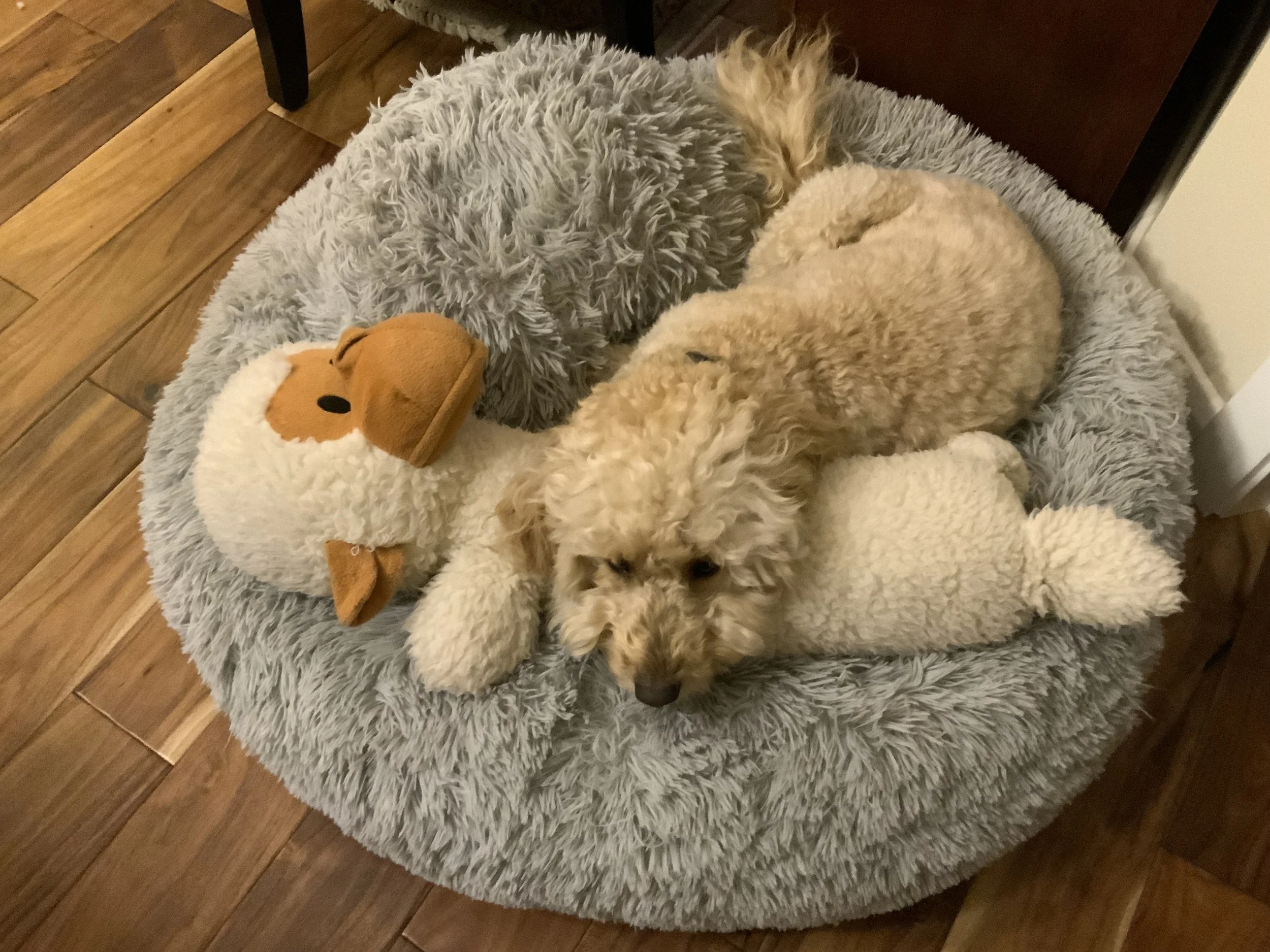#9 WORD SERIES: “RATS” June 23, 2023
“RATS!”
That was my response to learning that a dear friend must face a third spinal surgery. This one, hot on the heels of the second.
My friend wrote back, “That’s much too mild a cussword. Please try harder.” I didn’t.
As an English idiom, “Rats” works in such expressions as:
To smell a rat
I looked like a drowned rat
I ratted on her, and I’m glad
That thing was mov’n like a rat up a drainpipe
I’m leaving the rat race
They left like rats fleeing a sinking ship
A “rat” is a scoundrel or one who betrays
Many of these terms came to us from the 16th century.
Then there’s that Victorian woman’s ‘rat.’ A sausage-like roll of hair built from what a woman’s brush caught, and used to buff-up the coiffure.
Americans speak of being “poor as a church mouse,” but the French hand the condition to a rat -- “Guex comme un rat d’église.”
Native English speakers know my single word expression, “Rats!” has nothing to do with rodents, only with displeasure, disappointment, or anger. To a non-English speaker, I might as well have said, “Barbed Wire!” The exclamation, “Rats!” needs context.
But what about the rodent itself? The Rat.
If I read correctly, all rats are members of the family Muridae, of the genus Rattus, and are distinguished from the mouse by being bigger.
The word “Rat” can be traced back to ratte, a Teutonic word used when the sneaky little sharp-nosed critter was first noticed in Western Europe. If you are interested, here’s some detail: the Middle High German, ‘ratte’, may well have been borrowed from Old Saxon ratta. The Germans, the Dutch, the Swedes all used it. But what do I know about that? Nothing.
I want to say that real rats run throughout the world but that’s not quite right. There are no rats in Antarctica, or on Breaksea Island, New Zealand. In 1988 the island was officially listed, “rat free.”
Get this—Alberta, Canada is the only province in Canada without rats (well, one might sneak in, but it is quickly dispatched by a population waiting for it). In fact, it is the largest inhabited rat-free area on the planet.
Should a non-certified laboratory rat family have made it to Alberta, and survived the local humans’ broom handles, and had found the perfect dark corner in a barn, and settled down, baby rats would be born after mama’s gestation period of about 22 days, and a labor of 30-90 minutes.
Hello there, litter of five to twelve blind and furless “pups” who will nurse for about three weeks then forging for food on their own. At some point before their third month—if they survive the predators: hawks, owls, eagles, falcons, cats, terriers, and weasels—those pups mate, and bingo, the next generation is on the way.
Oh yeah. With as many as seven litters, and as many as eighty-five pups per year per female rat, plan on owning several barn cats or at least one rat terrier.
Within weeks of a little rodent alpha male and his harem visiting your barn, you will have a “Mischief;” a hardy group of widdle wats weddy to make many more. Life expectancy? Two to five years.
All sixty species of rat release excess body heat and control core temperatures through their amazing hairless tails. While the rat’s tail is not prehensile (it can’t grab stuff), it is used for balance, to attack predators, and to communicate with other rats. They are highly social. Not with us, no. They want to live near us because we so generously provide food and housing materials. Eat us? Yes. Befriend us? No. Regardless of their size, all they need to move from here to there is a one-inch diameter space. Their ridiculously flexible ribs enable them to pretty much flatten out. In, out, down, up, through and over they go!
When rats aren’t eating wiring from our cars or basements, or food from the plate you left on the counter, or pooping the forty or more nearly one-inch-long droppings they relieve themselves of each day, they are socializing with their own kind through ultrasonic vocalizations and pheromones used for attraction and for warning against danger.
As is the case in many species, an alpha male will maintain several nests with several females. He has four things on his mind: sex, water, food, and guarding against harm. If food and water are obtainable, he and his harem will travel no more than about 300 feet from an established nest site.
In other words, if you see a rat? Sorry, but they live close by.
Go ahead, use this metonymy. Say it, “Rats!”
Be glad that you are speaking figuratively.
Metonymy? Look it up.




